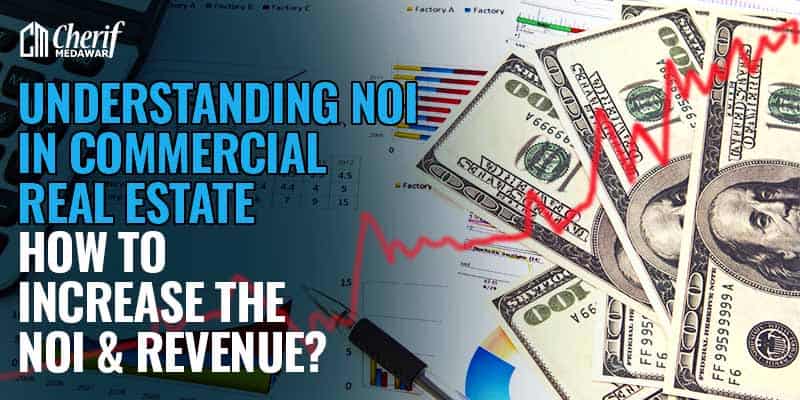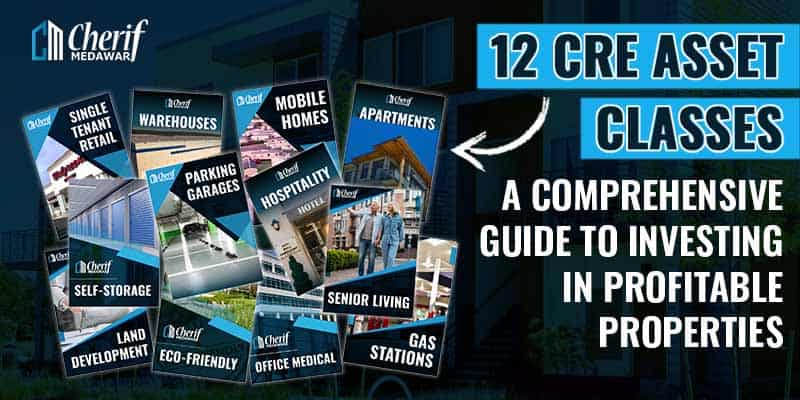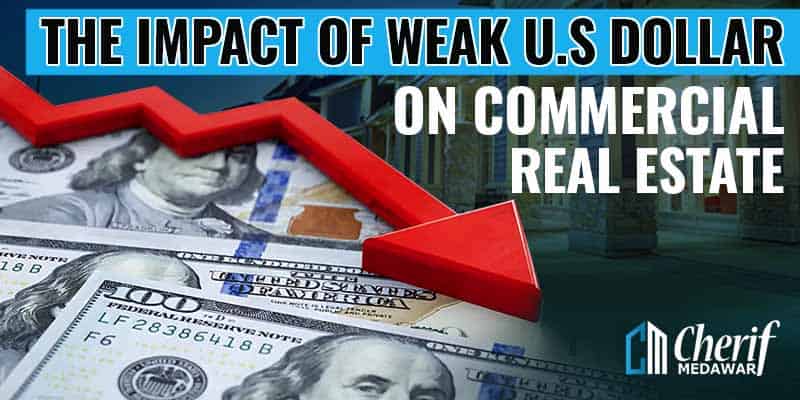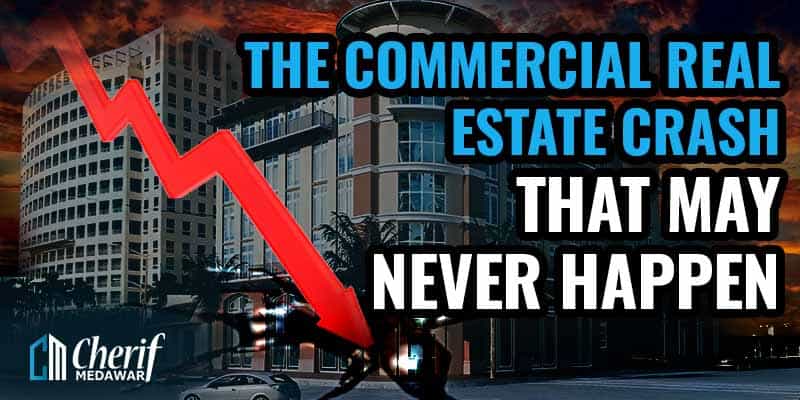Is Commercial Real Estate Still a Good Investment in 2023?
Commercial real estate has long been considered a viable investment option, offering the potential for attractive returns and portfolio diversification. However, as market conditions evolve, it is essential to evaluate whether commercial real estate remains a good investment in 2023. Commercial real estate has long been recognized for those looking to grow their wealth. However, the market has been on a roller coaster ride in recent years. So, is commercial real estate still a good investment in 2023? Is Commercial Real Estate Still a Good Investment in 2023? So, is commercial real estate still a good investment in 2023? The answer depends on your circumstances and risk tolerance. If you are looking for a long-term investment with the potential for significant returns, then commercial real estate may be a good option. However, if you are uncomfortable with risk, consider other investment options. Here are some tips for investing in commercial real estate in 2023: Do your research. Before investing in any commercial real estate property, it is crucial to research and understand the market. This includes understanding the location, the demand for the property, and the potential for appreciation. Consider your investment goals. What are you hoping to achieve with your investment? Are you looking for short-term gains or long-term appreciation? Once you know your goals, you can look for properties that meet your needs. Work with a qualified advisor. If you need to become more familiar with the commercial real estate market, working with a qualified advisor is a good idea. They can help you to find suitable properties and to structure your investment in a way that meets your needs. Investing in commercial real estate can be an excellent way to grow your wealth. However, it is essential to research and understand the risks involved before making investment decisions. Here are some additional tips for investing in commercial real estate in 2023: Focus on properties in solid locations. The location of a property is one of the most critical factors in determining its value. Invest in properties that are in demand. Look for properties leased to tenants in industries that are expected to grow in the future. Work with a qualified advisor. A skilled advisor can help you to find suitable properties and to structure your investment in a way that meets your needs. The Pros of Commercial Real Estate There are several reasons why commercial real estate can be a good investment. First, it can provide a steady stream of income. Rental payments from tenants can help offset the costs of owning a property, and the property’s value can also be appreciated over time. Second, commercial real estate can provide diversification to a portfolio. Unlike stocks or bonds, commercial real estate is not as closely correlated with the stock market. This can help reduce risk and volatility in a portfolio. Third, commercial real estate can provide tax benefits. Depreciation deductions and other tax breaks can reduce the overall property cost. The Cons of Commercial Real Estate Of course, some risks are also associated with investing in commercial real estate. First, the market can be volatile. Prices can go up and down, and preparing for possible losses is essential. Second, commercial real estate can be illiquid. This means it can be challenging to sell a property quickly if needed. Third, commercial real estate can be expensive to manage. Several costs are associated with owning a property, including property taxes, insurance, and maintenance. Watch Now- The Recession – Rising Interest Rates – Is the Sky Falling on Commercial Real Estate Opportunities? Conclusion Commercial real estate remains a viable and potentially lucrative investment avenue in 2023. By staying informed, embracing technology, and implementing sound investment strategies, investors can navigate the market effectively and unlock the full potential of their commercial real estate holdings. Visit Cherif Medawar now and unlock the potential of Commercial real estate investment in 2023!










